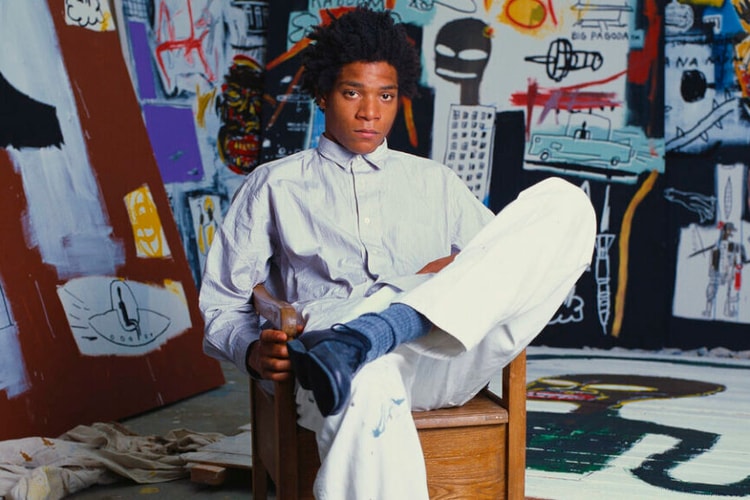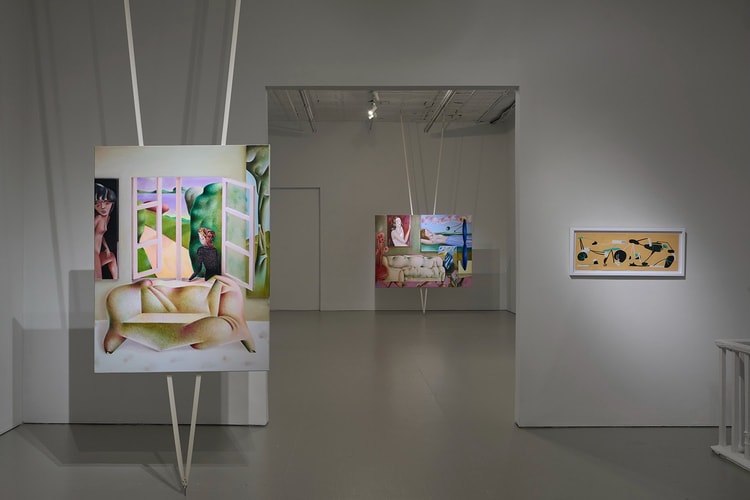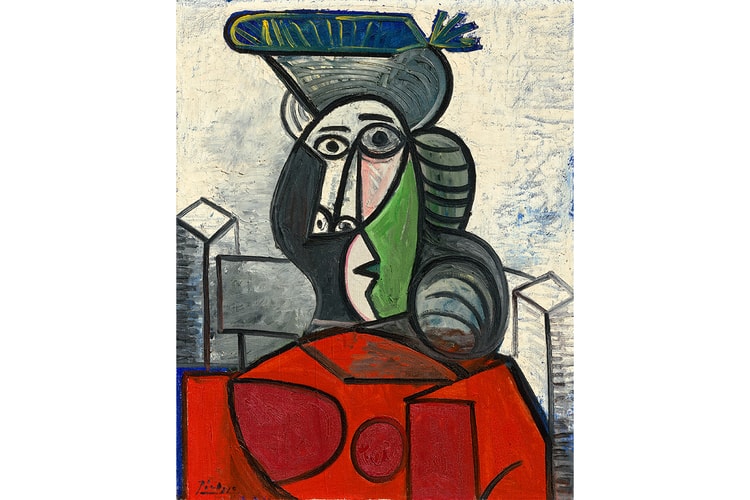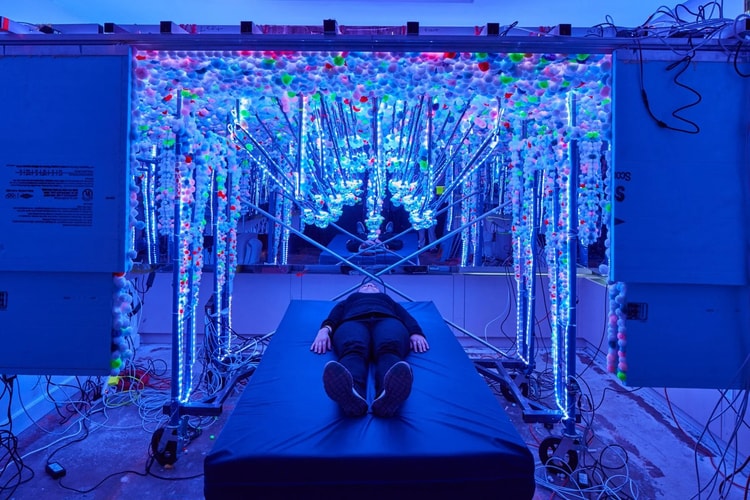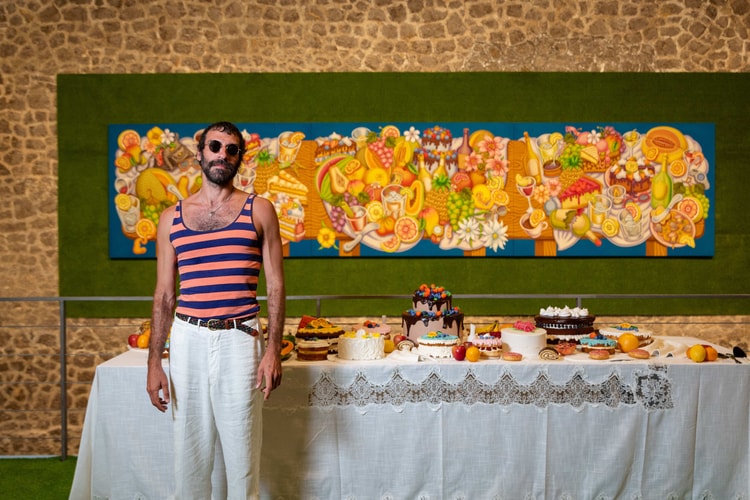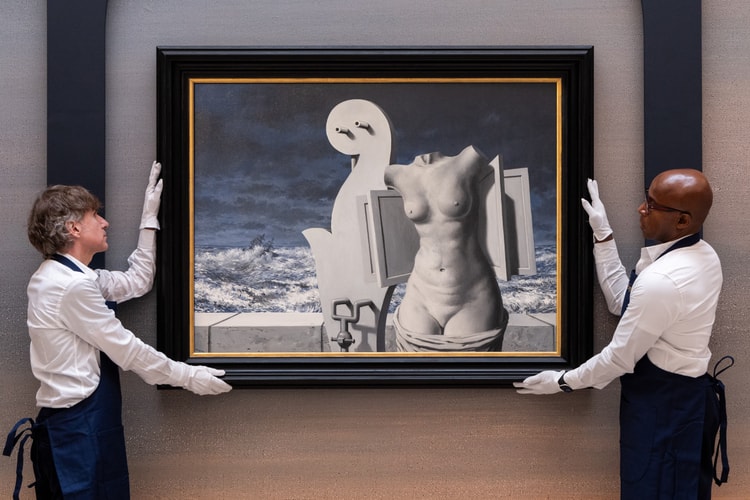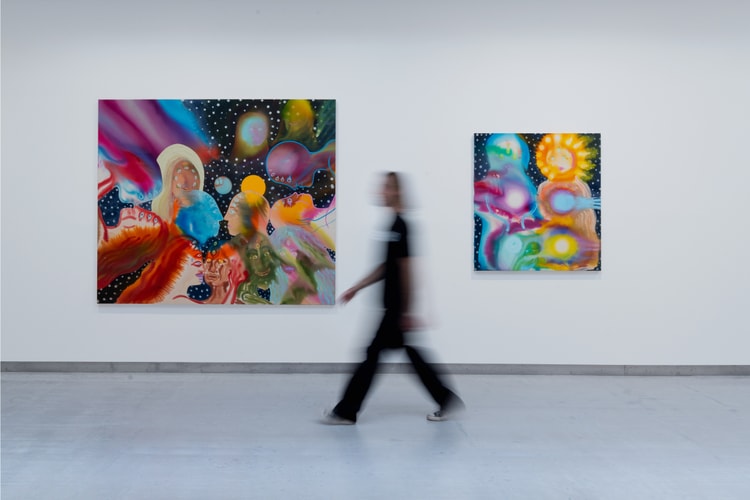Ben Gulak’s NALA App Is Quietly Democratizing the Art Market
Ben Gulak is an MIT graduate using tech to change the way we buy, sell and collect art.

In recent years, the mechanics of discovery have transformed. Music is no longer found by digging through crates, but by skipping through a curated playlist. Fashion trends emerge less from runway collections than from what appears on your “For You” page. Now, art, which has long been resistant to these same digital shifts, is finally catching up. Tech platform NALA, founded by painter, computer scientist and MIT graduate, Ben Gulak, is reframing art collecting as a personalized, algorithm-driven experience.
NALA presents itself as “the art matchmaker for a new generation,” an app designed to pair collectors with artworks that match their taste. Where traditional collecting is often dependent on galleries and gatekeepers, NALA aims to bypass systemic structures without replacing them entirely, offering a more democratic system where artists and buyers are directly connected.
The platform’s features reflect the habits of a generation raised on digital curation. Users swipe through works as if navigating a dating app, or use Echo — NALA’s revolutionary image recognition algorithm — to find pieces visually similar to something they like. Voice Search is another impressive feature; it allows users to speak directly into the app with prompts like “large-scale abstract in warm tones” or “black and white photography,” and watch it return instant results. The process feels less like shopping and more like discovery, tuned to personal preference in real time.
As access in the art world has long been restricted, with 98% of the world’s artists unable to access the international marketplace, NALA changes the game. By removing commissions and connecting collectors directly to creators, the platform gives visibility to those artists, while also lowering barriers for first-time buyers.
Professional art buyers are also part of the picture. Interior designers, curators of modern exhibitions and creative directors are already using NALA’s dashboard to source works aligned to specific projects. Meanwhile, weekly art credit giveaways reinforce the idea that collecting should be inspiring, not intimidating.
Gulak, who created the app and now splits his time between the studio and building NALA, sees the technology as part of a larger movement. “There’s so much talent out there that has never had the opportunity to be seen outside of the artists’ local market. We’re opening the art world to all artists, creating a true meritocracy,” he told MIT News.
Currently, the rise of NALA mirrors the way sneaker resale platforms changed how we think about scarcity, or how Discogs reshaped vinyl collecting for the digital age. The emphasis is on widening the field of access. Where once collecting was synonymous with elite spaces, apps like NALA fold it into the same algorithmic system that defines how we consume almost everything else.
That doesn’t mean the gallery wall is obsolete. Instead, it suggests a parallel future where art discovery is layered across both physical and digital spaces, and where pieces are curated as much by data as by personal taste.
Download NALA, The Art Matchmaker to learn more on Google Play and the App Store.



